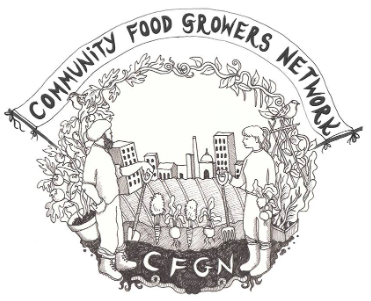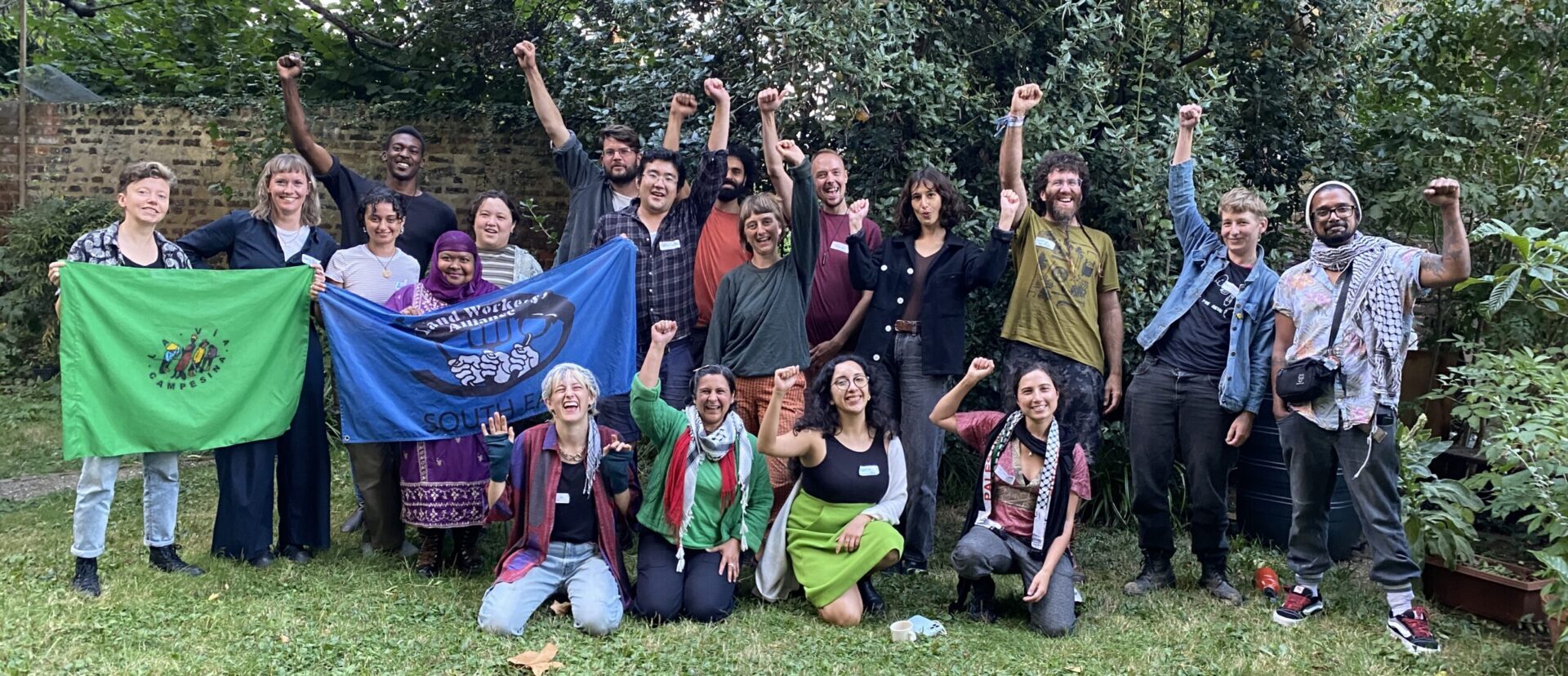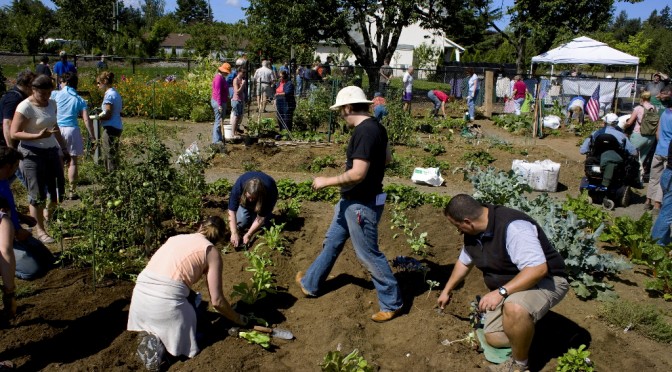Community food as therapy
by Martina Schliessler
Bringing food production closer to people is what city farms and community food are all about. But for those that engage in urban food growing, the practice is about a lot more than just vegetables-
it’s the concept of ‘community’, the promise of closer social bonds mediated by the common focus
of food growing that gives way to such practices as urban food growing. Unlike urban farming projects in Cuba, for example, we in London are not necessarily driven by the necessity to avert food shortages through urban and peri-urban production. Rather, a whole set of values is being evoked in the act of ‘growing together’. Through spending time outdoors, getting exercise and being in the company of others, many of us may have already experienced these therapeutic benefits firsthand.
The idea that community gardens are a way for individuals to overcome the alienation and misery of city life has been recognised beyond the communities which practice urban gardening, to the
point that many urban food growing projects are now being funded for these therapeutic aspects.
While it is well known that these therapeutic effects are inherent, the question is whether and how to get paid for them, and what is being asked for by those awarding grants.
These therapeutic aspects become one of the main reasons for which community gardens are funded by bodies such as the Big Lottery fund and Mind, the charity for mental health. This of course
proves to be a valuable subsidy in an environment where urban food growing arguably would struggle to exist without some sort of funding.
However, how does one quantify these therapeutic benefits into a way that can be used to determine whether the funding received is producing the desired outcomes? Donors require evaluation procedures and tangible outcomes in order to be convinced that an organisation should continue to receive funds. When a funding body requires that one have a certain number of people that are coming through the therapeutic ‘programme’, such structuring may undermine the communitarian elements of activities where all enter as equals, rather than as service recipients or providers.
Nevertheless, community food is therapeutic, and the fact that this is being recognised is a great opportunity for reaching out to those around us. For those considering to incorporate therapeutic elements into growing projects, there are a number of resources available, including the charities
Thrive and Mind as well as the Federation of City Farms and Community Gardens. Some projects which have been running assisted volunteering schemes include Organiclea and Forest Farm Peace Garden.


